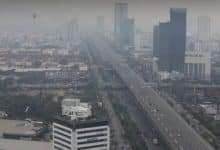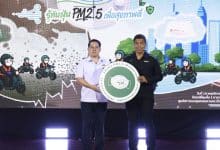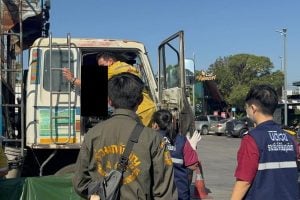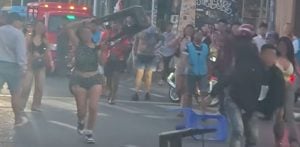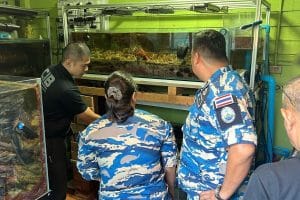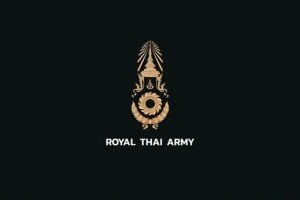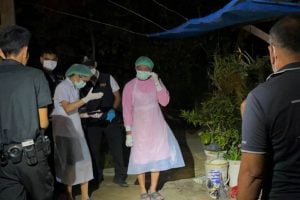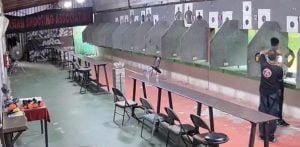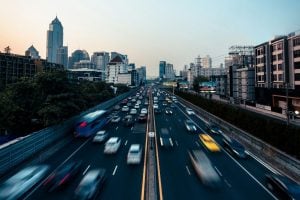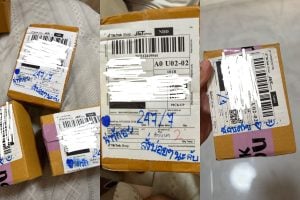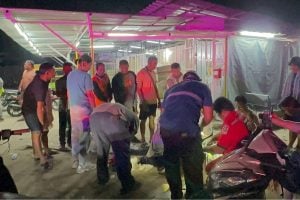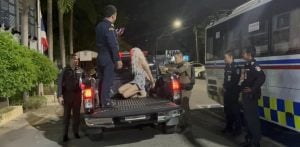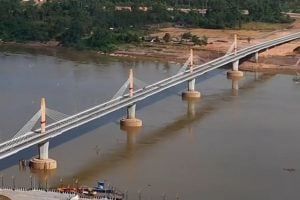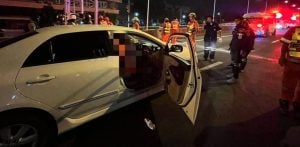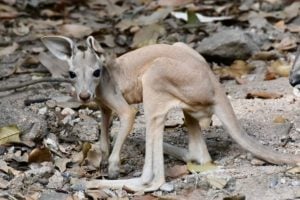Rayong wildfire sparks dust pollution, impacting health and economy
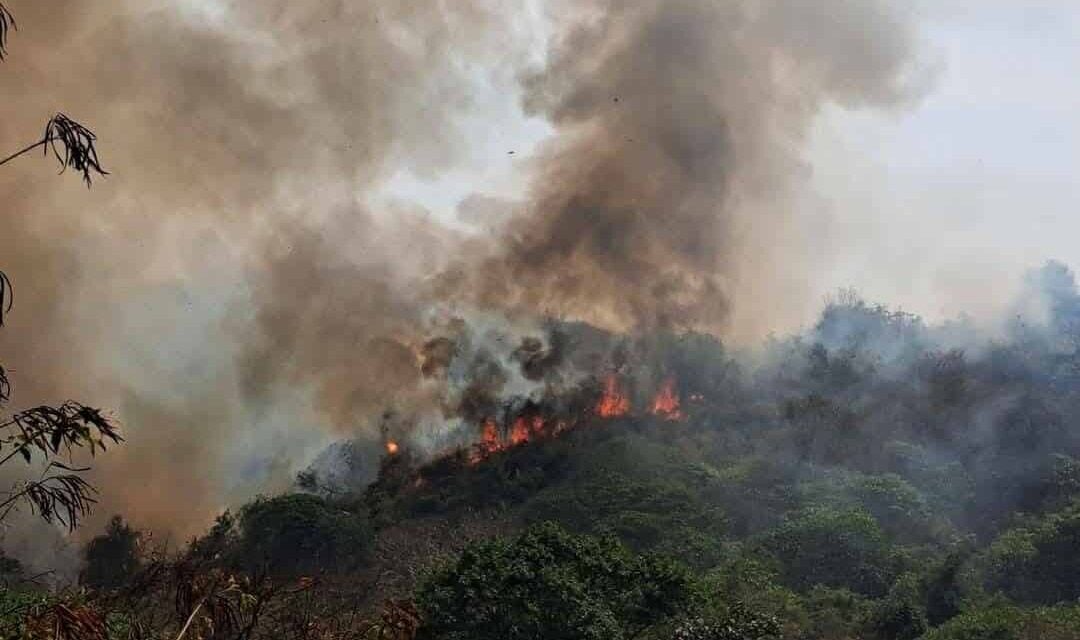
A persistent wildfire at Khao Chom Hae in Rayong has continued for over five days, raising concerns about increasing dust pollution in the eastern Thai province and its surroundings.
The fire has engulfed more than 20,000 rai (7,900 acres) across the districts of Nikhom Phatthana, Ban Chang, and Mueang, with approximately 30% of the forest already consumed. Firefighting efforts are hindered by difficult terrain, necessitating local teams to hike up steep slopes to create firebreaks.
Volunteer driver, 57 year old Kittipong Bamrungphong, noted that although off-road vehicles are used to transport firefighters, they still have to hike to access the fire. Strong winds further complicate containment efforts, threatening nearby homes, and prompting residents to call for helicopter assistance.
The wildfire has led to an increase in fine particulate matter smaller than 2.5 microns (PM2.5) in Rayong, causing respiratory issues. Residents are advised to wear masks and limit outdoor activities.
As of 4pm yesterday, January 25, the 24-hour average PM2.5 level in Rayong was 80 microgrammes per cubic metre (µg/m³), as reported by the Geo-Informatics and Space Technology Development Agency (Gistda). Levels above 37.5µg/m³ are deemed unhealthy.
Meanwhile, the Kasikorn Research Centre (KResearch) has estimated that deteriorating air quality in Bangkok has cost the economy at least 3 billion baht (US$89.3 million) this month. This figure includes medical expenses for respiratory illnesses, and costs for protective masks and air purifiers.
While these expenses benefit certain businesses, they represent an economic opportunity cost as the money is diverted from other uses.
KResearch also highlighted long-term consequences such as chronic health risks, mental health issues, and potential impacts on Thailand’s image as a business and tourism hub, which remain challenging to quantify. As of 4pm yesterday, January 25, 40 out of Bangkok’s 50 districts were classified as red zones, with PM2.5 readings of 75µg/m³ or higher, twice the safe limit according to Gistda, reported Bangkok Post.
In response, free public transport has been offered in Bangkok for one week, aiming to reduce private vehicle use and emissions. Free rides are available on all public buses and electric rail lines in the capital, with the cost to taxpayers for reimbursing operators estimated at 140 million baht (US$4.17 million).
Latest Thailand News
Follow The Thaiger on Google News:
